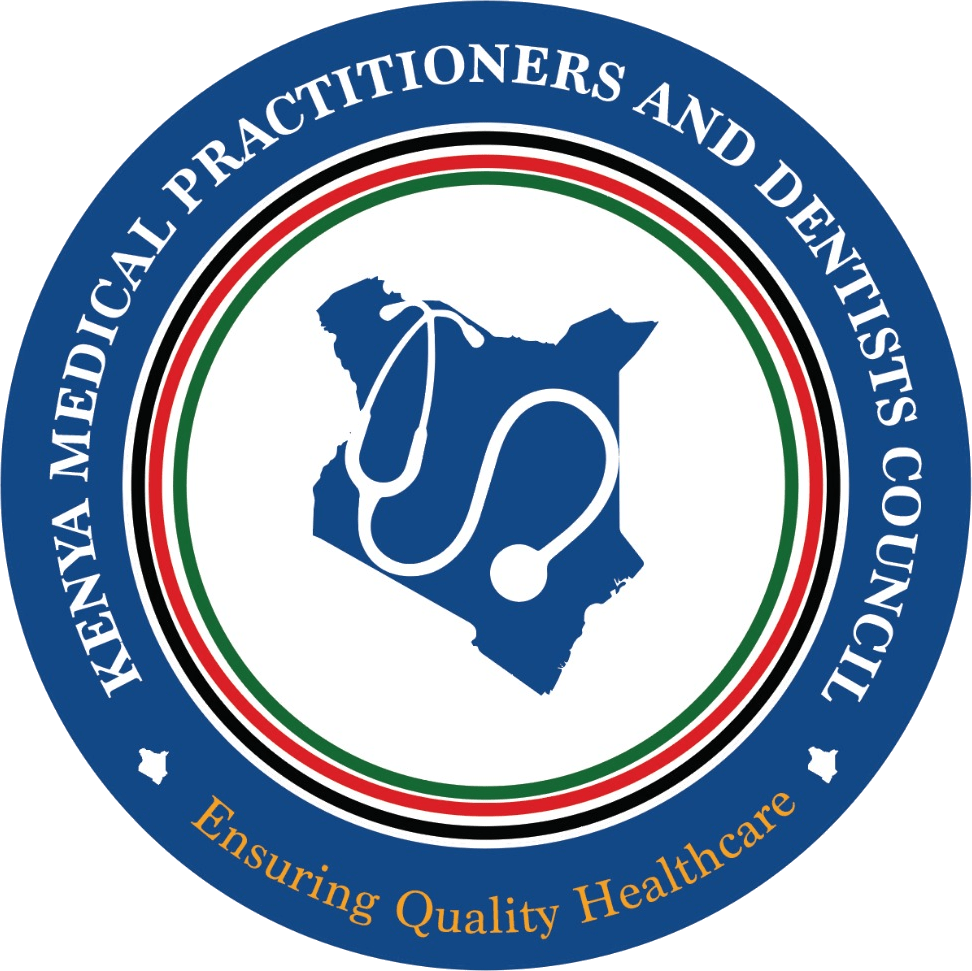Jul 7, 2025
Ending on:
Jul 11, 2025
Moderator(s):
Quality Care Administrator
Go to activity
Max Credits:
125 Points
Provider:
QUALITY CARE TRAINERS
Claim Points
Point of Care Ultrasound Training
Jul 7, 2025
Jul 11, 2025
5th avenue office suites along ngong road, 8th floor at Quality Care
Description
Cardiac Ultrasound (Echo) Identify the four chambers of the heart: Right atrium, right ventricle, left atrium, and left ventricle.Assess basic cardiac function: Evaluate overall contractility and look for obvious wall motion abnormalities.Detect pericardial effusion: Identify any abnormal fluid collection around the heart.Assess the Inferior Vena Cava (IVC): Evaluate its size and respiratory variation to estimate central venous pressure and fluid status.Identify major valves: Visualize the mitral, tricuspid, aortic, and pulmonic valves. FAST (Focused Assessment with Sonography for Trauma) Ultrasound Identify free fluid in the abdomen: Specifically in the Morison's pouch (right upper quadrant), splenorenal recess (left upper quadrant), and pelvis (pouch of Douglas in females, rectovesical pouch in males). Detect pericardial effusion: Assess for fluid around the heart in the subxiphoidview. (Extended FAST - EFAST): Identify pneumothorax: Look for the presence or absence of lung sliding. Identify hemothorax: Detect fluid in the pleural space. Lung Ultrasound Identify normal lung patterns: Recognize A-lines (horizontal reverberation artifacts).Detect signs of interstitial syndrome/pulmonary edema: Identify B-lines (vertical comet-tail artifacts).Identify pleural effusion: Visualize fluid collection in the pleural space.Detect lung consolidation: Recognize tissue-like appearance in the lung parenchyma. Identify signs of pneumothorax: Look for absence of lung sliding, presence of a lung point.
Objectives
Presenters
-
Dr.
Romeo Wahome
Global Ultrasound Institute Instructor

